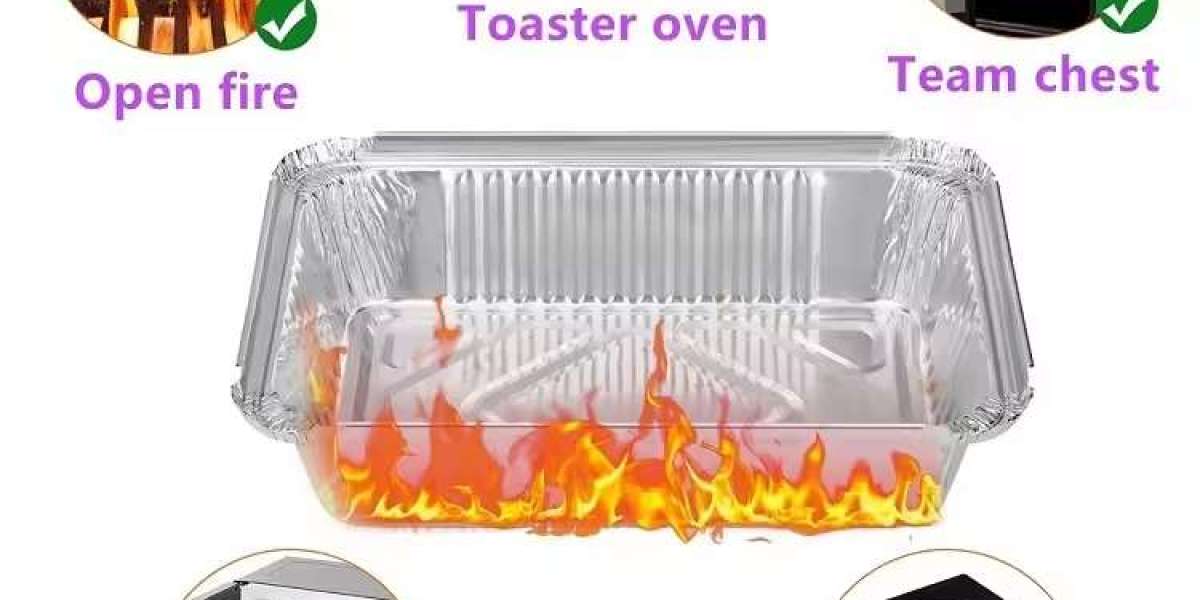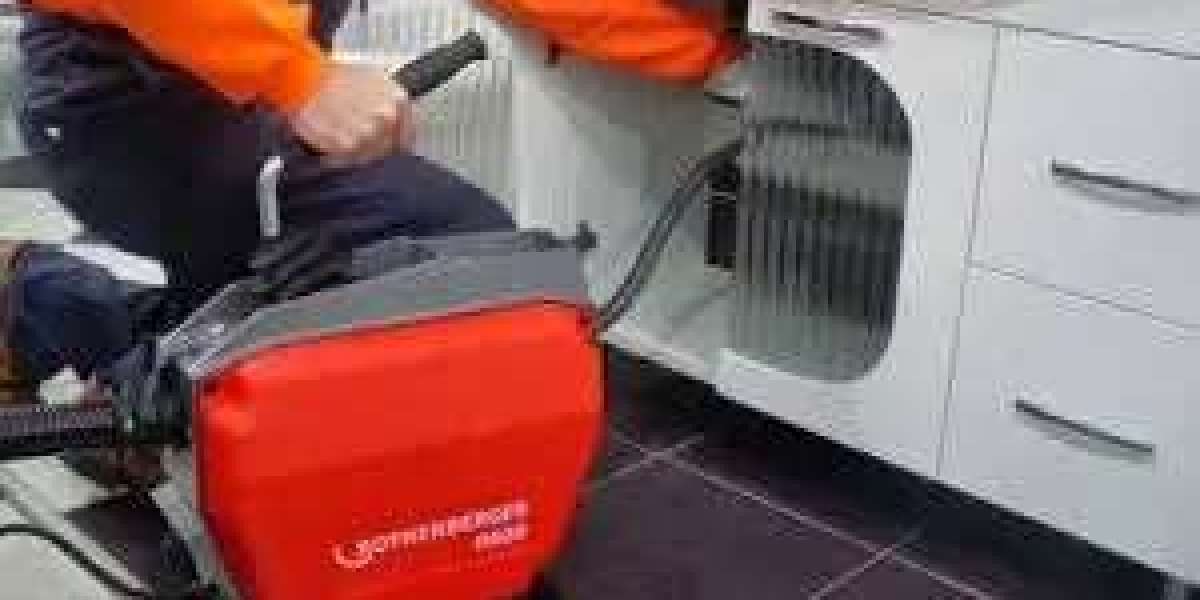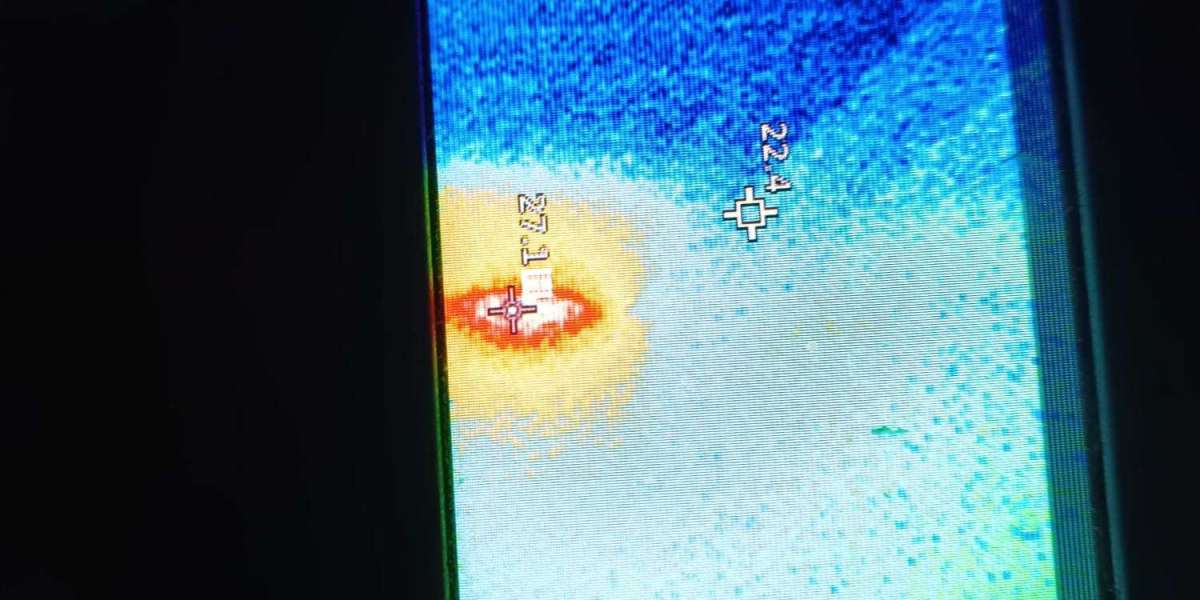Introduction to Using Aluminum Foil Containers in the Microwave
Aluminum foil containers, commonly used for baking, food storage, and takeout, raise questions about their safety in microwave ovens. Understanding the properties of aluminum, the mechanics of microwaves, and safety guidelines is essential for effective and safe usage.
Composition and Properties of Aluminum
Material: Aluminum foil containers are made from thin aluminum sheets, which provide durability and resistance to moisture and contamination.
Thermal Conductivity: Aluminum's excellent heat conductivity allows for even heating of food. However, this characteristic also leads to specific concerns when microwaving.
How Microwaves Work
Microwave ovens operate using electromagnetic waves that cause water molecules in food to vibrate, producing heat. This method effectively cooks or warms food quickly. However, metal objects, including aluminum, interact with microwave energy differently from glass or ceramic.
Safety Guidelines for Microwaving Aluminum Foil Containers
Container Size and Shape:
- Small Containers: Small aluminum foil cups or containers can often be used in the microwave without issues, provided they are not too deep and don’t cover food entirely.
- Avoid Sharp Edges: Containers with sharp edges can create electrical arcs or sparks when microwaved, posing a fire hazard.
Avoiding Contact with Walls: Ensure that aluminum containers do not touch the microwave’s walls or the metal rack. This contact can lead to sparking and potential damage to the microwave.
Do Not Overfill: Overfilling aluminum containers can lead to spillage, which not only makes a mess but can also cause uneven heating.
Use Microwave-Safe Covers: If covering food, use microwave-safe lids or wax paper instead of tight metal covers, as metal can prevent microwaves from properly penetrating the food.
Limited Cooking Times: Use aluminum containers for short cooking times only. Long cooking times can lead to overheating of the container, possibly causing warping or melting.
Type of Food: Foods with low moisture content should be avoided when using aluminum containers. These foods can heat unevenly, increasing the risk of container damage.
Benefits of Using Aluminum Foil Containers in the Microwave
Convenience: Ideal for quick meal preparations, reheating leftovers, or cooking single servings.
Food Safety: Aluminum provides a barrier against bacteria and contaminants, preserving food quality.
Recyclability: Aluminum containers can be recycled after use, making them an eco-friendly option compared to single-use plastics.
Limitations and Risks
Sparking or Arcing: If the aluminum container has sharp edges or if it is crumpled, it may cause sparks, which can be dangerous and damage the microwave.
Uneven Heating: Aluminum may not heat evenly, which can lead to cold spots in the food and increase the risk of undercooked items.
Containment of Fats and Oils: High-fat foods can splatter and cause the aluminum to warp or leak, creating a mess.
Conclusion
Aluminum foil containers can be used in microwave ovens under the right conditions. By following safety guidelines regarding size, usage, and food types, users can effectively heat and cook food without compromising safety. Understanding the unique properties of aluminum and the principles of microwave operation ensures a practical and efficient cooking experience. Always refer to the manufacturer's instructions and be cautious when introducing metal into the microwave environment.








